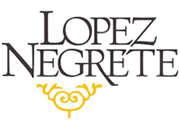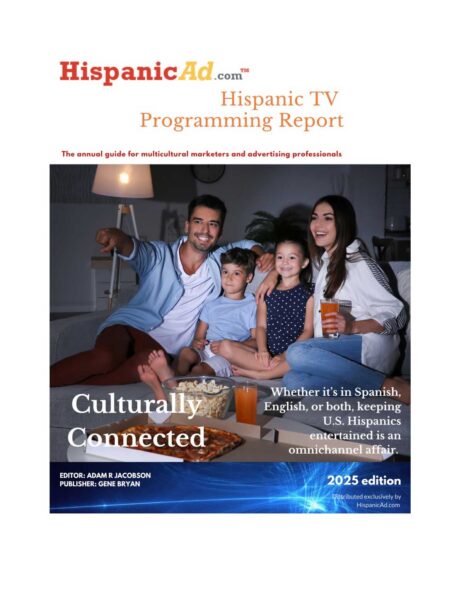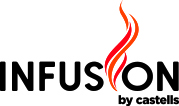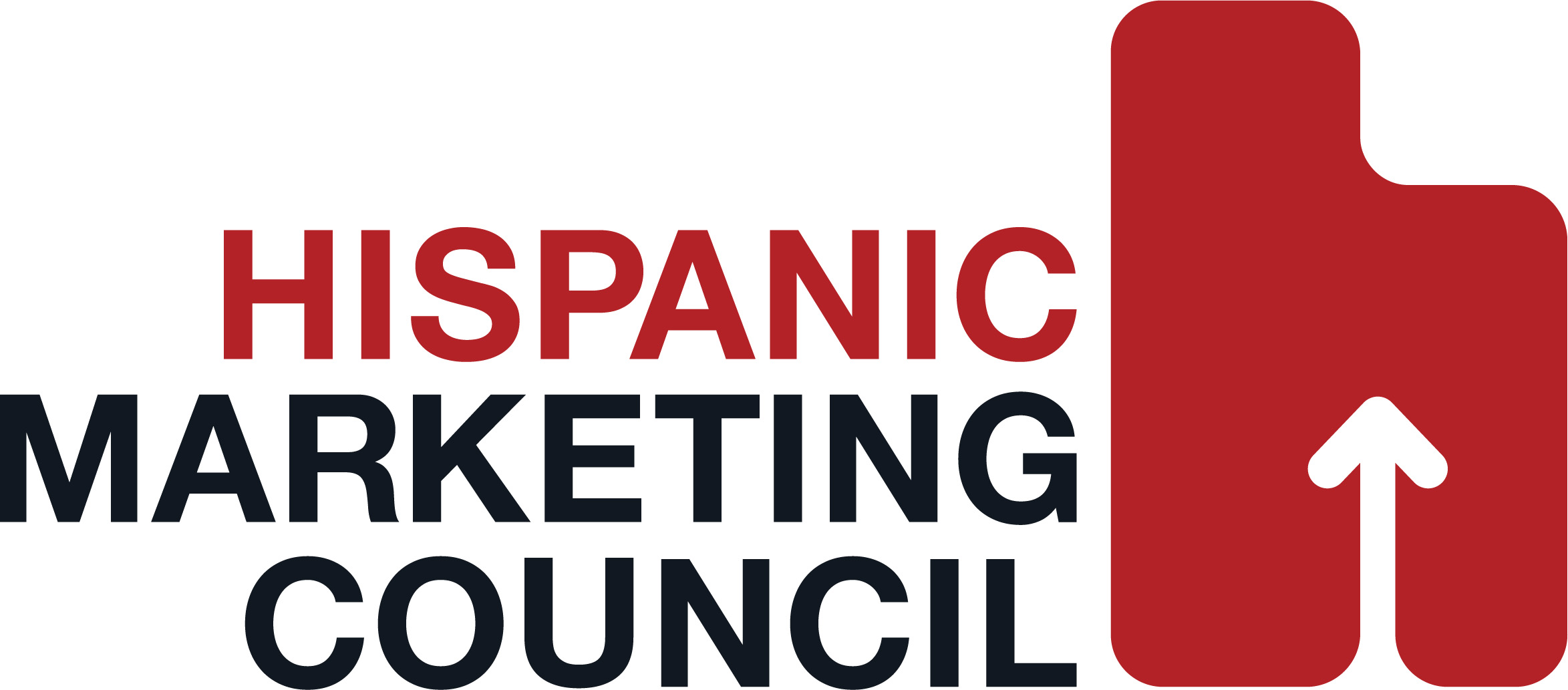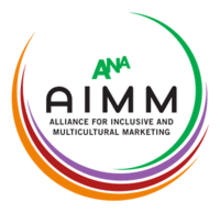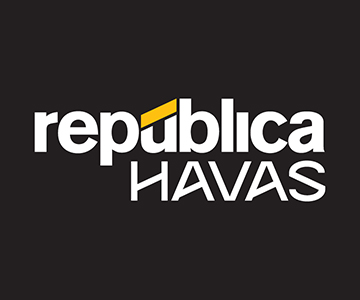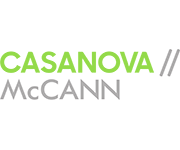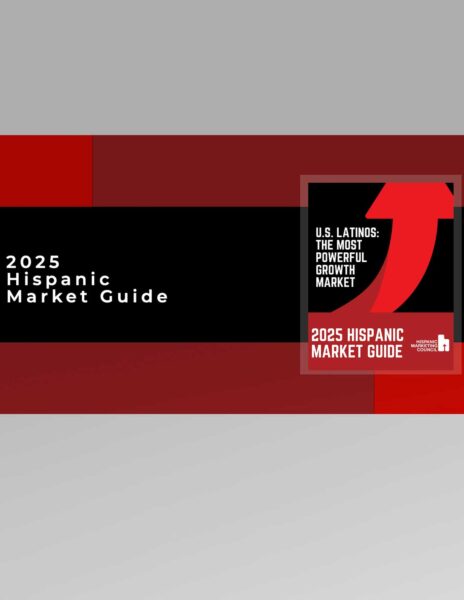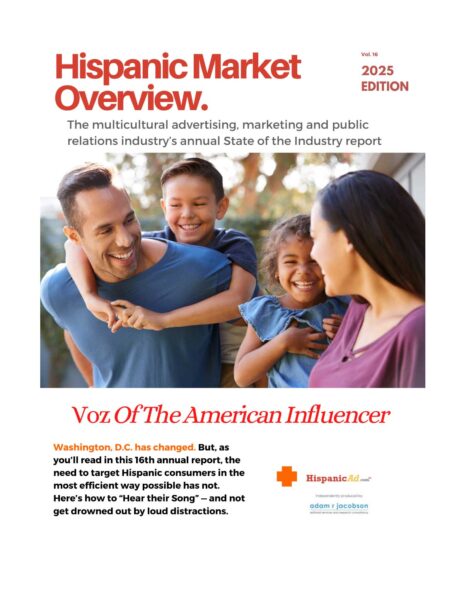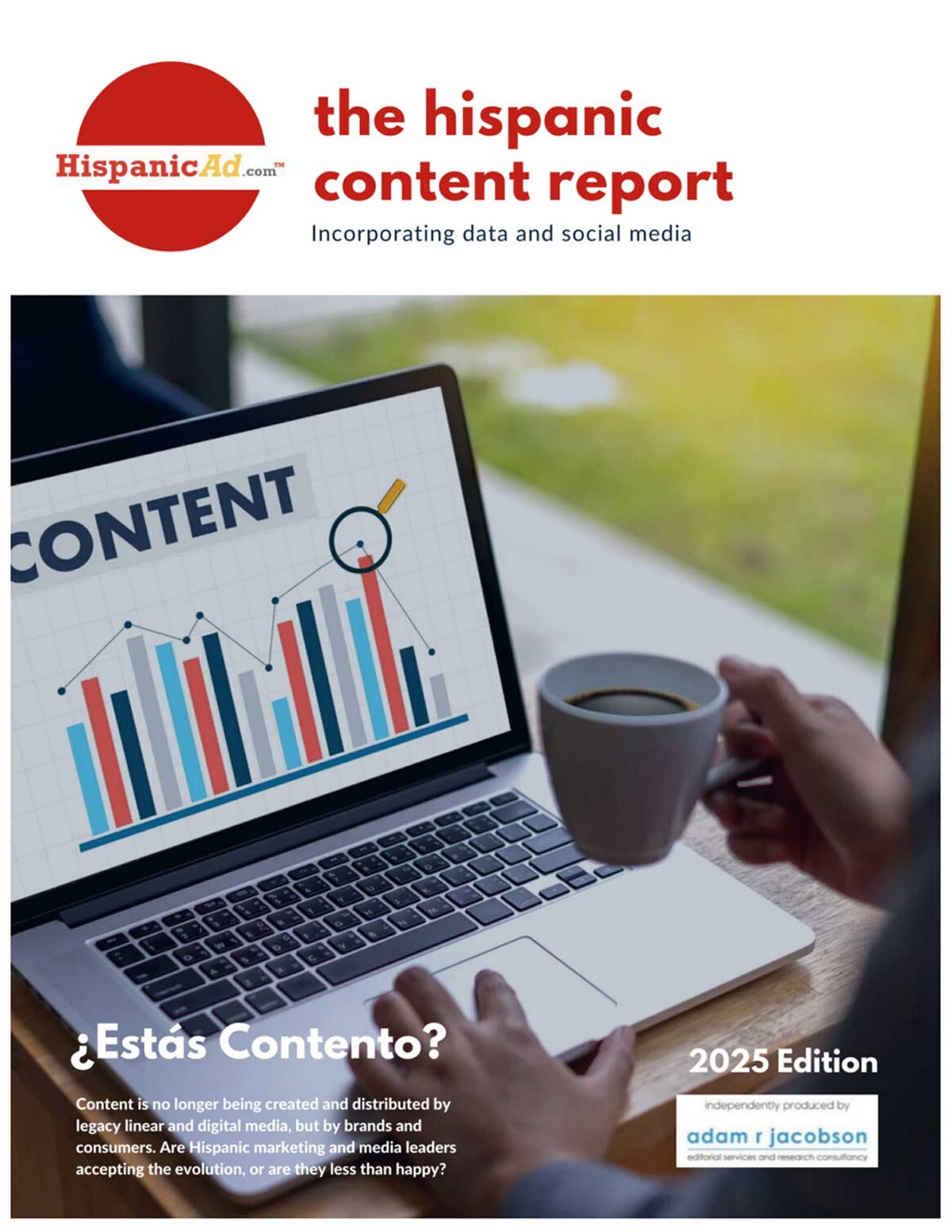ANA CEO Bob Liodice on the Facebook Video Viewing Controversy
 The recent disclosures by Facebook that they overestimated video viewing for two years is troubling. While ANA recognizes that “mistakes do happen,” we also recognize that Facebook has not yet achieved the level of measurement transparency that marketers need and require. By Bob Liodice, President and CEO, ANA
The recent disclosures by Facebook that they overestimated video viewing for two years is troubling. While ANA recognizes that “mistakes do happen,” we also recognize that Facebook has not yet achieved the level of measurement transparency that marketers need and require. By Bob Liodice, President and CEO, ANA


 The U.S. Hispanic population is exceptionally diverse and the report considers different variables, such as country of origin, number of generations in the U.S., sex, age and family structure. According to PwC, companies will need multiple customized strategies to appeal to the unique preferences of these different Hispanic ethnicities and generations. In short, marketing to U.S. Hispanic consumers requires a nuanced understanding of their behaviors.
The U.S. Hispanic population is exceptionally diverse and the report considers different variables, such as country of origin, number of generations in the U.S., sex, age and family structure. According to PwC, companies will need multiple customized strategies to appeal to the unique preferences of these different Hispanic ethnicities and generations. In short, marketing to U.S. Hispanic consumers requires a nuanced understanding of their behaviors. This report provides an overview of our findings on the evolution of the U.S. economy, the state of U.S. competitiveness in 2016, and priorities for the next President and Congress, drawing on our research and the May–June 2016 surveys of alumni and the general public. While a slow recovery is underway, fundamentally weak U.S. economic performance continues and is leaving many Americans behind. The federal government has made no meaningful progress on the critical policy steps to restore U.S. competitiveness in the last decade or more. By Michael E. Porter, Jan W. Rivkin, Mihir A. Desai, With Manjari Raman
This report provides an overview of our findings on the evolution of the U.S. economy, the state of U.S. competitiveness in 2016, and priorities for the next President and Congress, drawing on our research and the May–June 2016 surveys of alumni and the general public. While a slow recovery is underway, fundamentally weak U.S. economic performance continues and is leaving many Americans behind. The federal government has made no meaningful progress on the critical policy steps to restore U.S. competitiveness in the last decade or more. By Michael E. Porter, Jan W. Rivkin, Mihir A. Desai, With Manjari Raman Whoever wins this election, major governmental changes that could significantly affect the advertising sector are almost certain to take place. A major turnover of personnel will occur in D.C. next year regardless of the election’s winner. One of the first jobs for the new President will be to nominate someone to fill the vacancy on the Supreme Court. Since many of the recent decisions supporting First Amendment protection for advertising have been 5-4 decisions, the newly appointed Justice could have a very large impact on our industry.
Whoever wins this election, major governmental changes that could significantly affect the advertising sector are almost certain to take place. A major turnover of personnel will occur in D.C. next year regardless of the election’s winner. One of the first jobs for the new President will be to nominate someone to fill the vacancy on the Supreme Court. Since many of the recent decisions supporting First Amendment protection for advertising have been 5-4 decisions, the newly appointed Justice could have a very large impact on our industry.  Operational skill used to confer long-term advantage. If you had leaner manufacturing, made higher-quality products, or had superior distribution, you could outrun competitors. But today those capabilities are table stakes. The new source of competitive advantage is customer centricity: deeply understanding your customers’ needs and fulfilling them better than anyone else.
Operational skill used to confer long-term advantage. If you had leaner manufacturing, made higher-quality products, or had superior distribution, you could outrun competitors. But today those capabilities are table stakes. The new source of competitive advantage is customer centricity: deeply understanding your customers’ needs and fulfilling them better than anyone else. In the last two weeks, NBC’s Rio Olympics has garnered nearly half of the total national TV revenue of many top ad categories.
In the last two weeks, NBC’s Rio Olympics has garnered nearly half of the total national TV revenue of many top ad categories. The pace of change in marketing and the marketplace continues to accelerate. Unicorn companies are challenging long-established brands, and categories are being re-imagined. Upstarts question the safety of ingredients, the integrity of the supply chain, and the sanctity of long-held business models. Consumers have new expectations of brands, with 62 percent saying they refuse to buy a brand if it fails to meet its obligations to society. By Richard Edelman- President and CEO / Edelman
The pace of change in marketing and the marketplace continues to accelerate. Unicorn companies are challenging long-established brands, and categories are being re-imagined. Upstarts question the safety of ingredients, the integrity of the supply chain, and the sanctity of long-held business models. Consumers have new expectations of brands, with 62 percent saying they refuse to buy a brand if it fails to meet its obligations to society. By Richard Edelman- President and CEO / Edelman Becoming a great client for agencies is not easy, but it is necessary. It’s no coincidence that successful brands are known to be great clients. By Bruno Gralpois, ANA Faculty
Becoming a great client for agencies is not easy, but it is necessary. It’s no coincidence that successful brands are known to be great clients. By Bruno Gralpois, ANA Faculty Media is the largest marketing expenditure at many companies and, simply stated, advertisers should be responsible for assuming greater internal stewardship of their media investments. By Bill Duggan, Group EVP, ANA
Media is the largest marketing expenditure at many companies and, simply stated, advertisers should be responsible for assuming greater internal stewardship of their media investments. By Bill Duggan, Group EVP, ANA The threshold of having a successful engagement with consumers on social media is constantly on the rise. Like for most things, there is no correct way to approach this task however, it is important to keep some key principles in mind such as: having a grasp of consumer insights, being fluent in Internet culture, staying true to the brand and being tech savvy.
The threshold of having a successful engagement with consumers on social media is constantly on the rise. Like for most things, there is no correct way to approach this task however, it is important to keep some key principles in mind such as: having a grasp of consumer insights, being fluent in Internet culture, staying true to the brand and being tech savvy.




